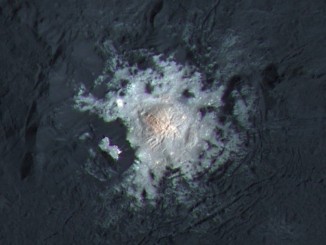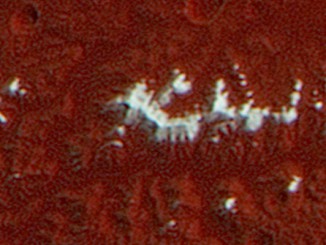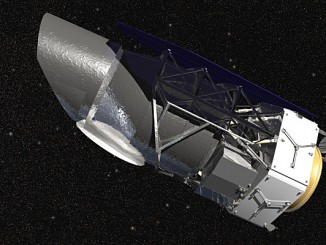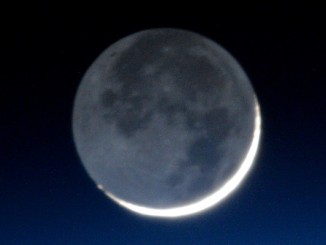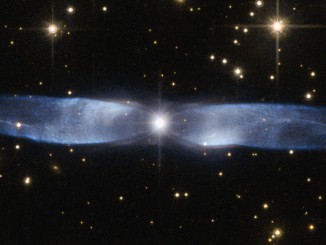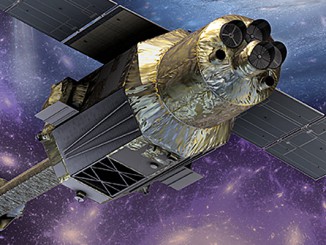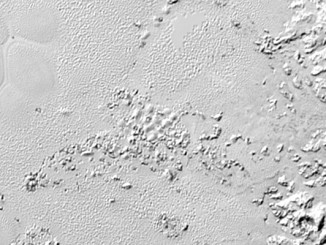
Hubble peers into the heart of the Milky Way
Peering deep into the heart of our home galaxy, the Milky Way, the Hubble Space Telescope reveals a rich tapestry of more than half a million stars. Most of the stars pictured in the image are members of the Milky Way nuclear star cluster, the densest and most massive star cluster in the galaxy. Hidden in the centre is the Milky Way’s resident supermassive black hole.

